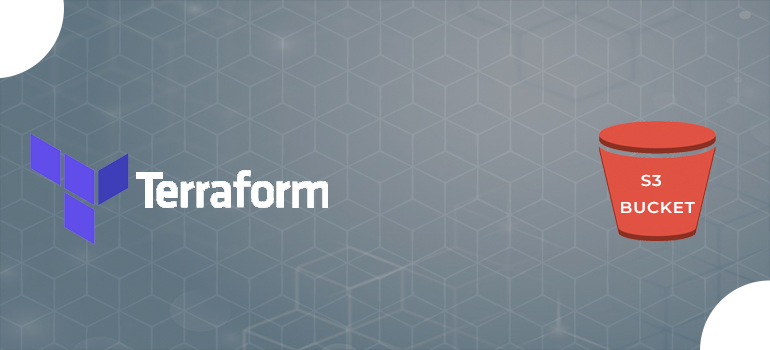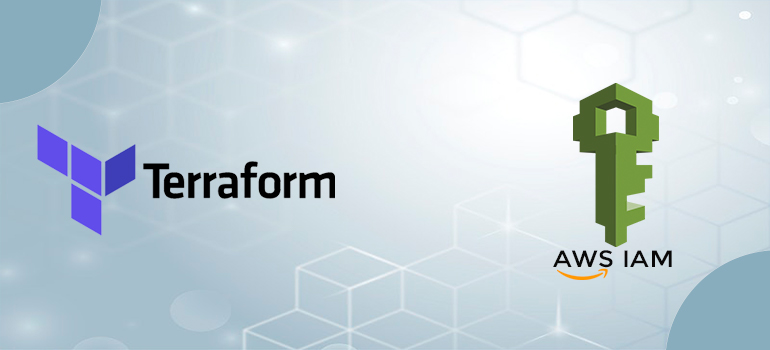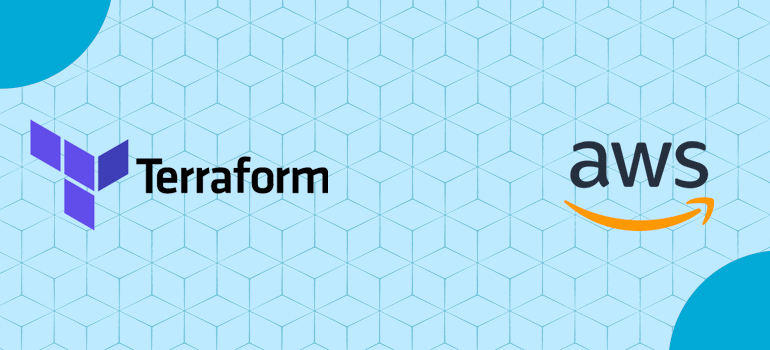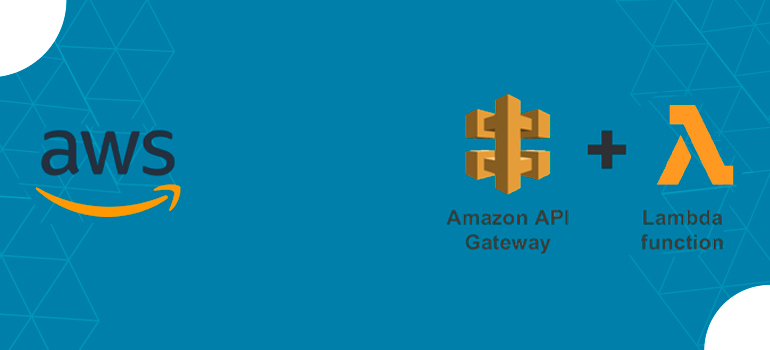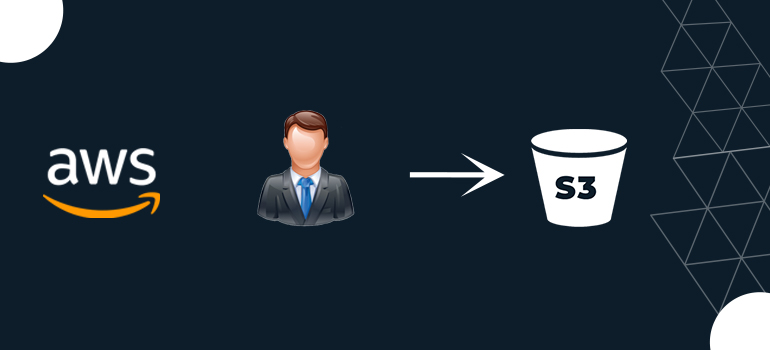- Ansible Training
- AWS Training and Certification
- Azure Training and Certification
- Docker and Kubernetes
- IT Training and Certification
- linux
- Linux Training and Certification
- Red Hat
- RedHat Training and Certification
Kubernetes is an open-source container orchestration platform created to automate the deployment, scaling, administration, and orchestration of containerized applications. It is frequently shortened as K8s (K-8 characters between “K” and “s”). The Cloud Native Computing Foundation (CNCF) now maintains it after Google initially built it. Kubernetes is an effective platform for scalable, high-performance management of […]

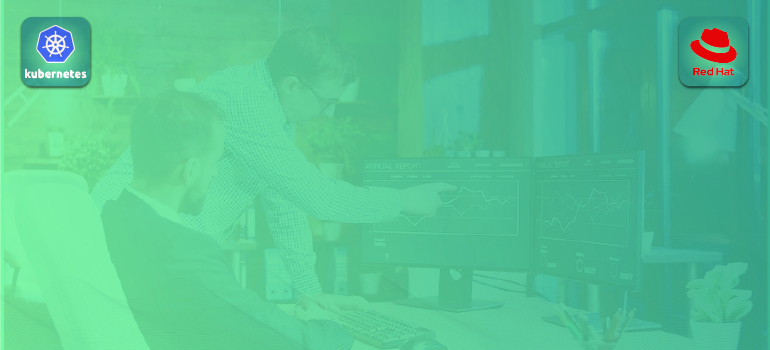
![How To Create Auto Scaling In [ AWS ]](https://highskyit.com/wp-content/uploads/2023/09/Artboard-1-100.jpg)
